Geysers have always fascinated humans, with their unique shapes and sizes that come in different forms. From Old Faithful in Yellowstone National Park, to Jigokundani of Hell Valley in Japan, geysers have been the subject of interest for many. However, amongst all the geysers, the Fly Geyser in Washoe County, Nevada stands out to be the most unique of them all.


The Fly Geyser got its name from the location Fly Ranch where it is located. The ranch, like many others, was different when water started bursting out of the ground, creating Fly Reservoir, a small lake around Fly Geyser. This geyser, however, did not create itself. Wells in the area had been drilled since the early 1900s, but in 1964, a geothermal cavity deep in the ground was breached by a power company. They failed to properly cap the hole, and water started spewing in the Nevada desert.
What makes the Fly Geyser so unique is its appearance. The spout rises more than five feet above the ground and is made up of travertine, a calcium carbonate deposit, covered in rich, vibrant colors.
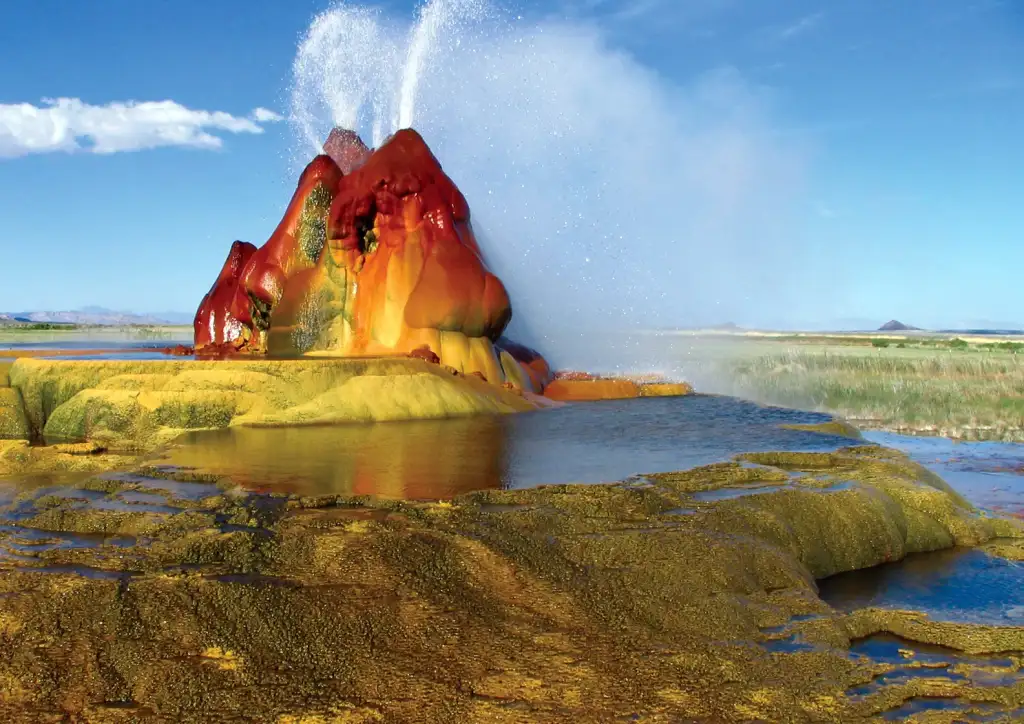
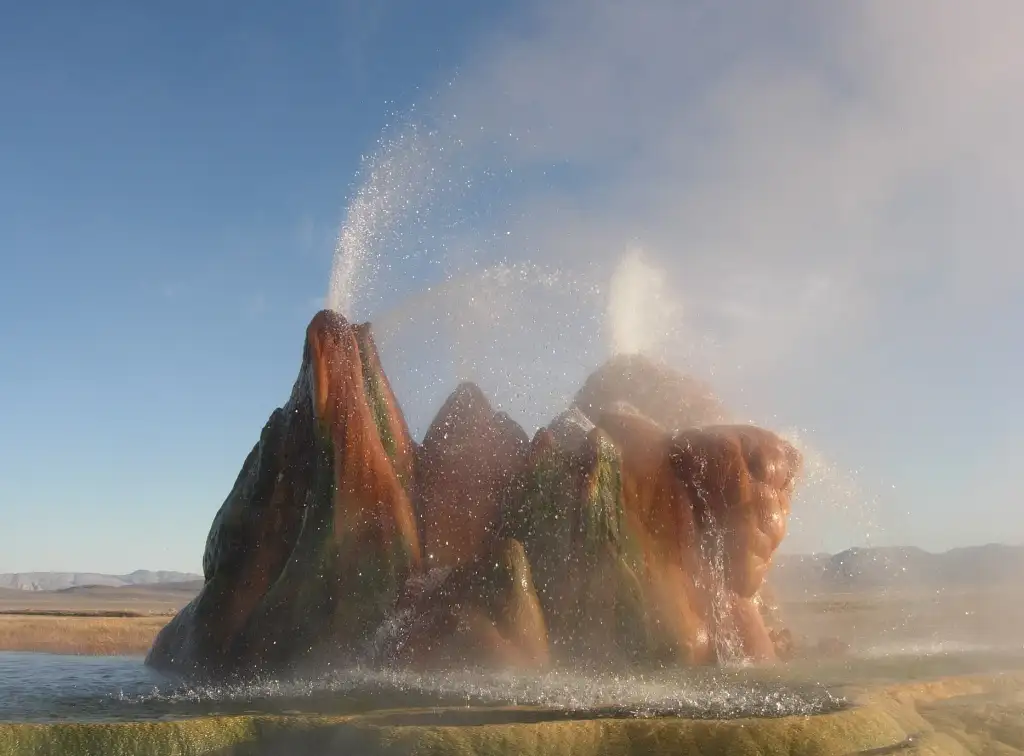
The spout gets its bright red, green, orange, and yellow hues from the abundant presence of thermolithic algae.
These organisms flourish in the hot desert amid the moist air from the geyser. The algae is present at other geysers, but it is usually in a pool and not in a large above-ground spout.
The thermophiles responsible for the vibrant colors are able to survive temperatures upwards of 252 °Ft or 122 °C, which usually kills off most other organisms. By looking at the spectrum of colors, we get an indication of its temperature. The red areas are the coolest, at 131 °F or 55 °C, the orange bacteria come in at 149 °F or 65 °C, and yellow at 165 °F or 74 °C. The aquamarine blue bacteria are living in water that is 189 °F or 87 °C.



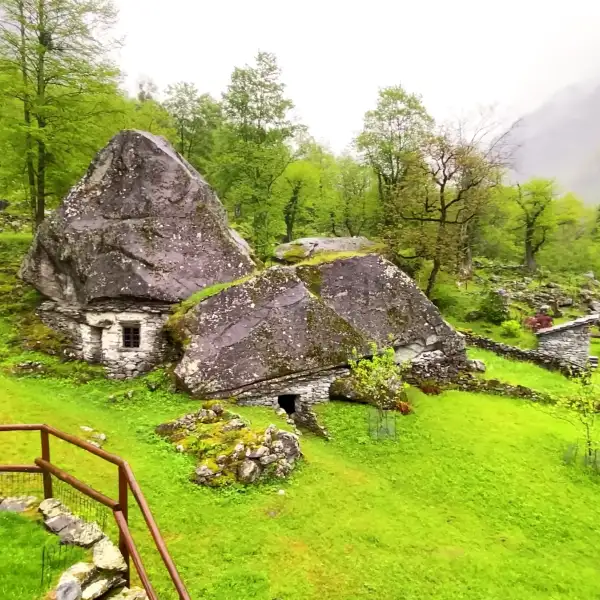


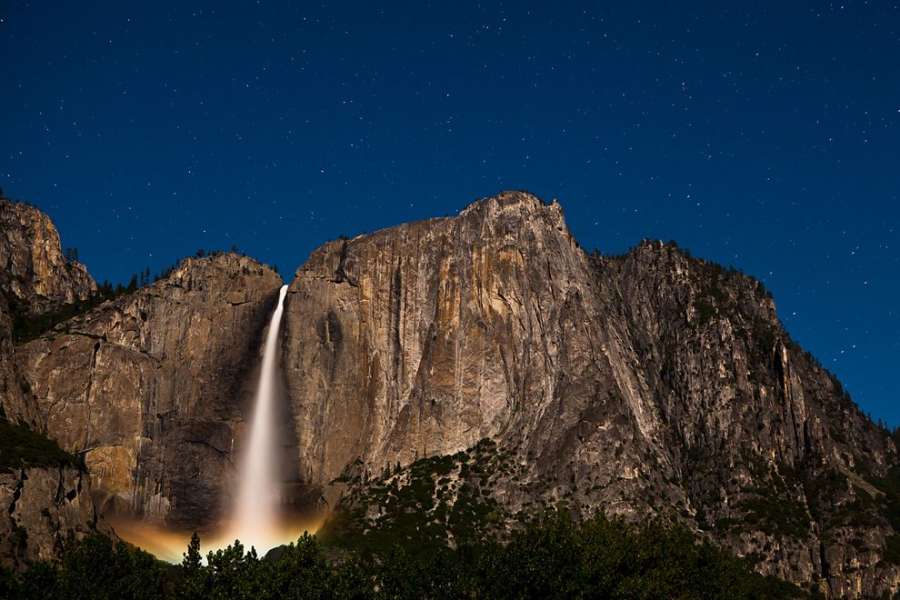
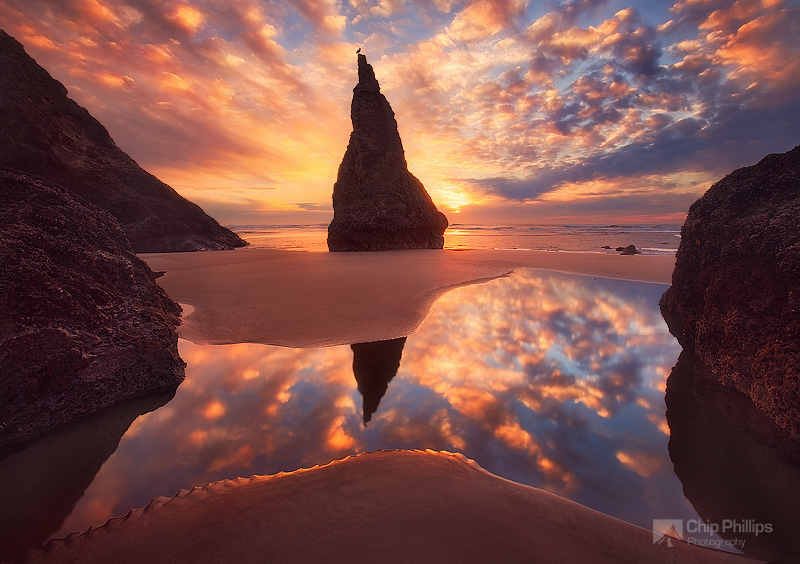


Leave a Comment